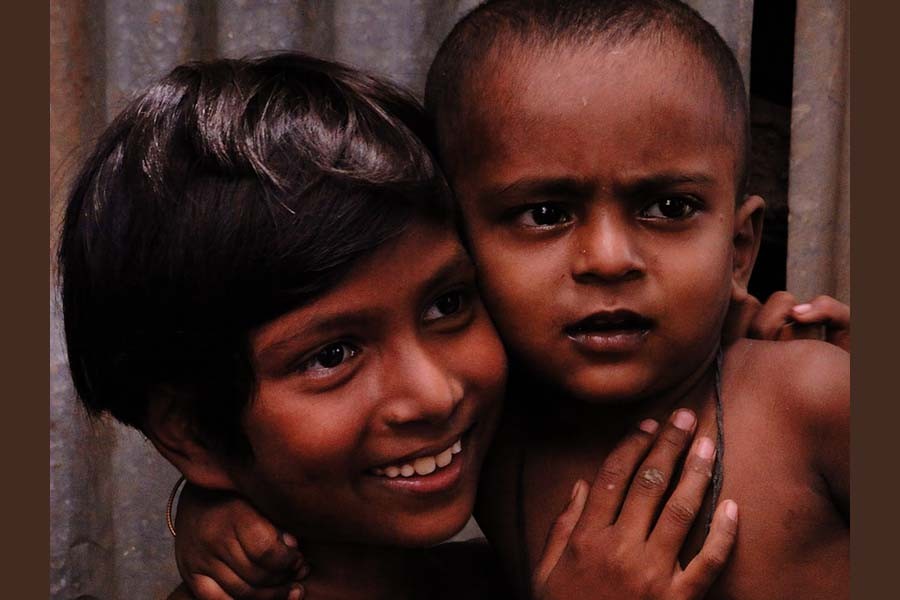Despite its being a small village-dominant country, Bangladesh nowadays is no Arcadia. Apart from the high population density, the mushrooming growth of urban localities near the rural areas has long played a role in robbing villages of their pristine beauty. This beauty includes innocence, moral purity as well as not doing harm to others. These priceless attributes once were integral to the definition of people living in the rural areas. To the depression of many, generously extolling the virtues of the rural folks, crookedness now coexists with simplicity in the villages. Not only that, trends related to wickedness and dubious practices appear to have got the better of many.
Although the observation is harsh and unsparing, deviant practices resorted to by a section of villagers prompt a lot of people to feel disillusioned. They are shocked at the news of dishonest date-palm juice collectors mixing noxious substances with it, and also the molasses extracted --- a favourite winter delicacy. Enjoying the season of winter in Bangladesh becomes virtually elusive without tasting the date-palm juice, or the molasses. The molasses are used in preparing different kinds of Bengalee 'Pithas' (rice cakes). What is appalling is the end-product called 'Khejurer Gurh', the molasses, is the concoction of a few items, which are not even remotely connected to date-palm juice. The products used in the making of this 'gurh' are, in the main, 'Chita', the leftover from the process of sugar production from sugarcane, hydrous, limestone and industrial colours. The 'Khejurer Gurh' which results from mixing and boiling these things is a strange item. It is passed on to the consumers as the special molasses at exorbitant prices. The areas having profusion of date-palm trees and molasses producers remain largely free of this scourge. Since people native to these areas can readily recognise the phony 'gurh', it is sent to areas not much used to this winter product. Besides villages far from the 'gurh'-producing regions, it is transported in bulk to the capital and other cities. Due to the urban people's ignorance about the aroma and taste of the pure molasses, the 'gurh' remains in high demand throughout the winter.
Bangladesh villages have never been completely free of adulterers. Through the ages, a section of unscrupulous traders have allegedly manipulated every chance to mix harmful additives with edible products in demand. The most common item has been ghee, a type of clarified butter. However, the adulterated ghee, produced on the urban outskirts, is mostly destined for the city-based consumers. The same applies to honey, although the product nowadays is collected from bees raised at farms in many areas. The rural honey adulterers, however, have not vanished. Many of them are found in cities selling "pure honey collected from forests". The most indigenous, and thus the earliest, adulteration takes place with milk in villages. Mixing water with milk is an open-secret. What might agonisingly worry many is the adding of chemical colours and flavour to milk after it becomes too light on being mixed with plain water. Disturbing reports on this criminal practice have begun trickling out lately.
The latest spate of producing adulterated 'Khejurer Gurh' and the reported involvement of large syndicates in the shady trade throws light on a troubling development in the Bangladesh villages. As has been reported in the print media, mobile courts have busted a few networks of molasses adulterers in the southwestern region. In terms of crime prevention, the act is appreciable. But the moral rot creeping into the rural mindscape calls for a long-term healing. Alongside preventive steps, campaigns to cleanse the villagers of the deleterious urban influences should also be in place.


